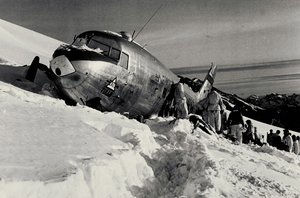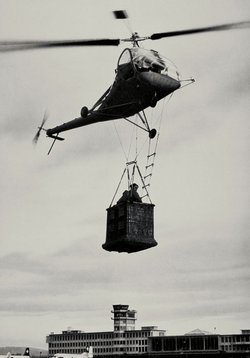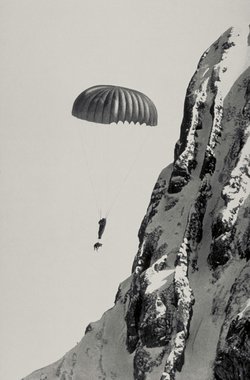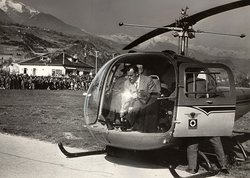First a handful of daring pilots with their light aircraft, then parachutists with avalanche dogs, followed by helicopter pilots with their revolutionary new machines: although air-rescue is still in its infancy, it is carried by a great wave of enthusiasm that unremittingly drives it forward. Swiss Air-Rescue organises itself under the umbrella of the Swiss rescue association, the Schweizerische Lebensrettungsgesellschaft (SLRG). These developments in Switzerland pave the way for air-rescue all over the world.
Rega - Cookie banner
We use cookies and analytics tools to ensure that our website works properly, to improve its
user friendliness and to provide social media features. In addition, we use advertising cookies to
measure the success of our marketing activities. You can change your cookie settings at any time.
Further information about the cookies used can be found in our data protection statement.
Data protectionLegal notice




